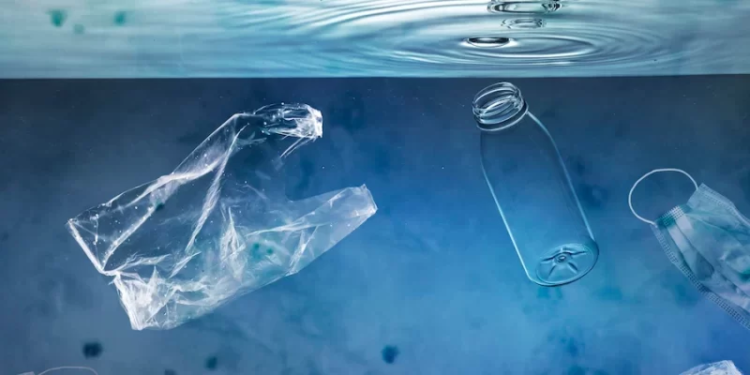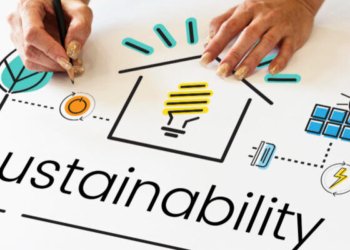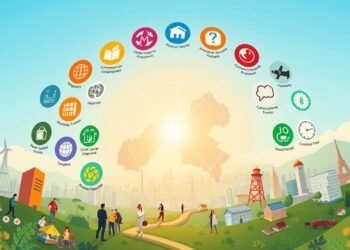Can small choices at home and work truly shift the path of the environment we share?
Everyday habits matter. Residential and commercial providers now offer curbside trash and recycling pickup to make greener choices easier. These services guide smarter sorting and help divert materials from landfills.
For bigger projects, roll-off dumpster rentals streamline cleanouts and renovations. They match capacity to debris types and timelines, so projects stay efficient and compliant.
Recycling 101 breaks down what’s recyclable and gives three simple rules to recycle right each day. On-demand support is available through a live chat agent named Terra, ready to help schedule pickups, pick container sizes, or clarify accepted materials.
With expert teams and modern tools, households and businesses can take immediate steps that are both practical and measurable.
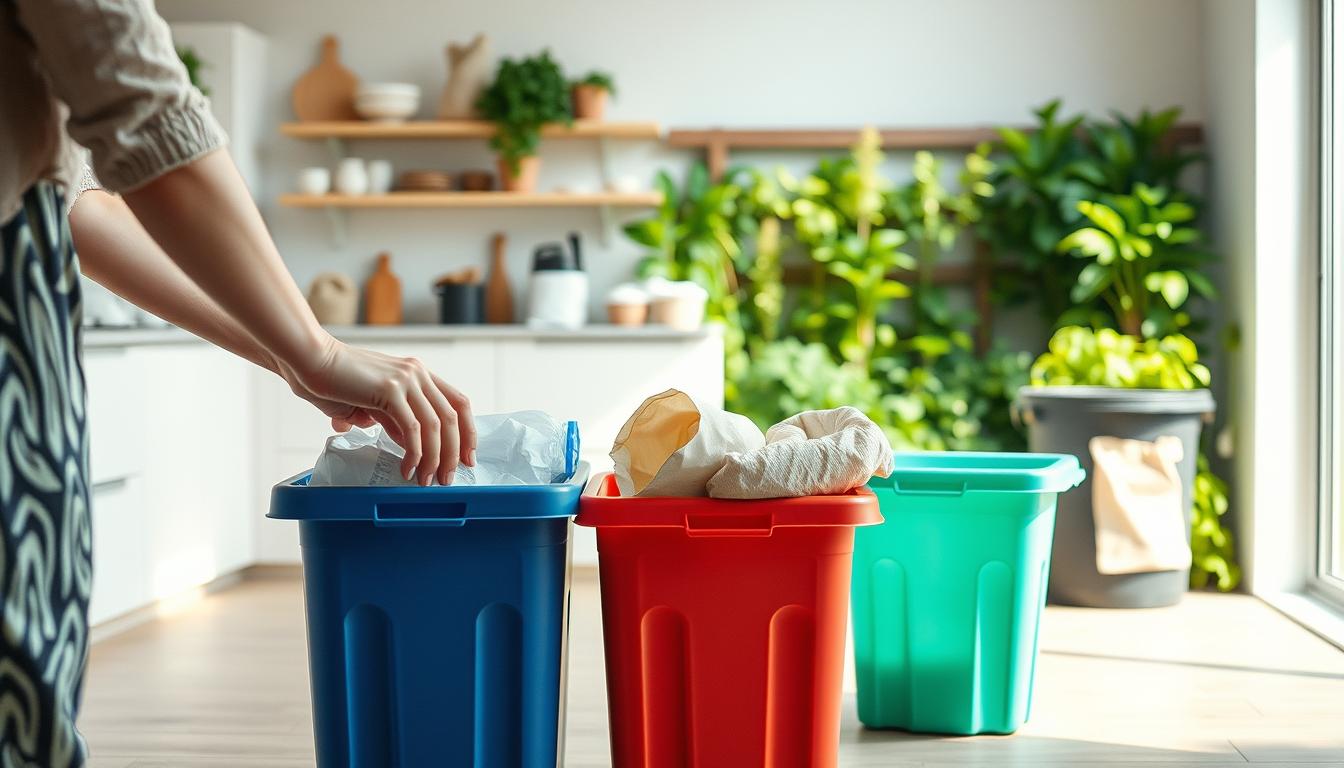
Key Takeaways
- Daily choices at home and work can cut waste and protect the environment.
- Curbside pickup simplifies disposal and improves material recovery.
- Roll-off dumpsters fit major cleanouts and renovations with clear options.
- Recycling 101 and three basic rules reduce contamination and boost recycling success.
- On-demand chat support (Terra) helps pick services and schedule timely pickups.
Service-first solutions for waste reduction across homes and businesses
A service-first approach makes it easy for homes and businesses to manage trash smarter. Timely pickups, clear communication, and simple online scheduling reduce problems at the source.
Residential programs standardize container sizes and pickup cadences. That consistency helps neighbors recycle correctly, avoid overflow fees, and keep curbside routines predictable.
Commercial offerings tailor carts or dumpsters, pickup frequency, and accepted materials to each location. Companies get the right capacity for their operation and clearer cost control.
Fast problem resolution is available through online tools and a live chat agent named Terra. Customers can report missed pickups, adjust service levels, or ask materials questions in real time.
Coordinated services support multi-location accounts, tracking volumes and aligning sustainability reporting across the industry. Consistent labeling and customer education cut contamination, improving material quality for downstream processors.
Route reliability and transparent billing protect crews and customers while keeping interruptions minimal. Service tiers let organizations scale up or down so teams focus on core work, not collection details.
Comprehensive waste services built for today’s needs
Clear pickup plans and tailored containers turn daily disposal into measurable environmental wins. Home and business plans focus on reliability, simple rules, and options sized to match volume.
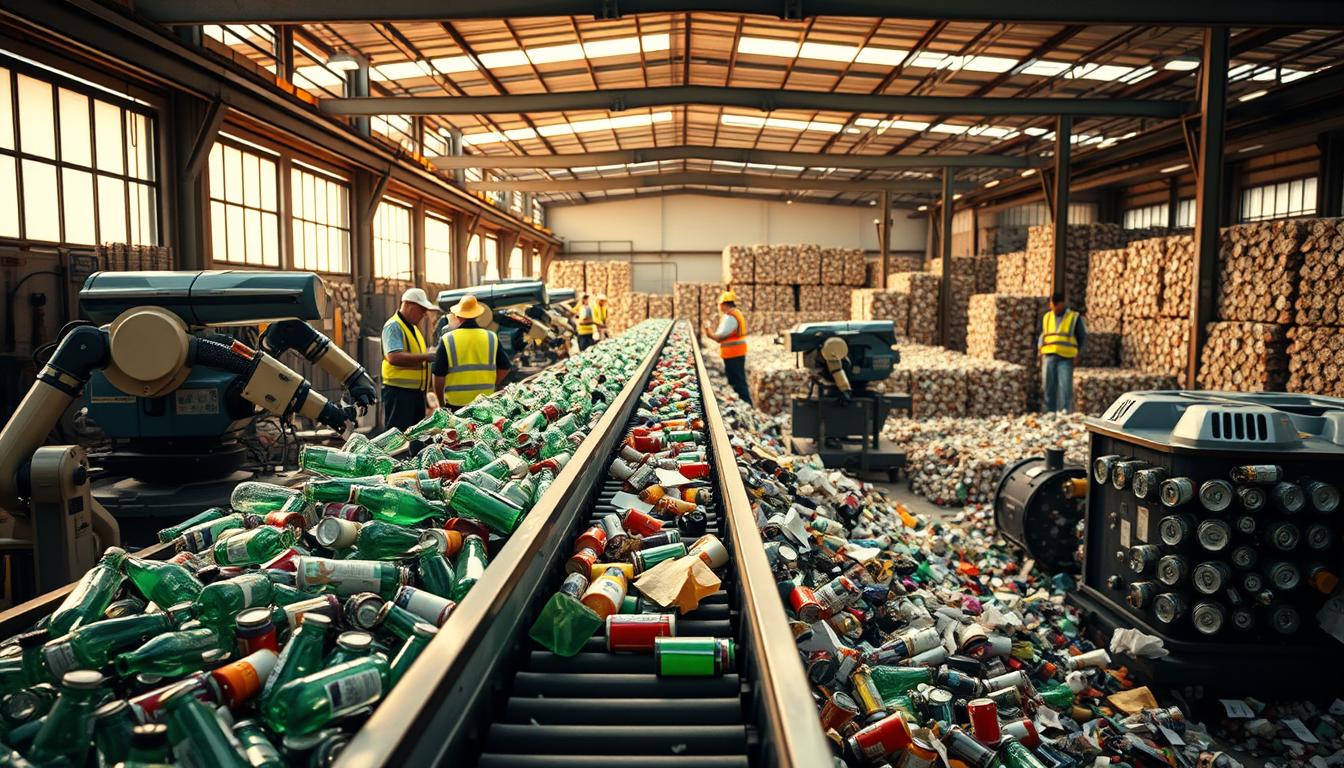
Residential pickup: reliable curbside trash and recycling
Weekly or biweekly schedules and standardized carts keep trash contained and curbside areas tidy. Standardization helps neighbors recycle correctly and avoid overflow.
Common curbside materials include paper, cardboard, select plastics, metals, and glass. Recycling 101 notes exceptions to prevent contamination.
Commercial pickup: tailored service for every organization
Businesses get bin sizes, compactors, and frequencies that match operations. Source-separated or single-stream recycling options, plus signage and training, raise recovery and lower costs.
Roll-off dumpsters for cleanouts and renovations
Roll-offs come in multiple sizes to fit each project—cleanouts, roofing, or full remodels. Book ahead, confirm placement, and check local permits to avoid delays.
On-demand support
Resolve issues online or chat with Terra (Yellow.ai) for quick service starts, swaps, or “is this recyclable?” checks. Route notifications and escalation paths keep customers informed and on schedule.
Expert team, technology, and processes that protect the environment
Expert people, proven processes, and real-time technology work together to protect natural systems.

Best-in-class knowledge and value-added services
Regulatory know-how and operational excellence ensure compliant handling at every step. This reduces risk and liability for clients in regulated industries.
Material audits, right-sizing plans, and contamination-prevention programs improve quality and lower total costs.
From treating pollution to regenerating resources
Advanced routing, tracking, and data analytics give transparency and accurate reporting. Customers get metrics for diversion and continuous improvement.
Processes focus on treating pollution, removing it from ecosystems, and regenerating suitable materials into valuable feedstocks. Chain-of-custody documentation and strict disposal protocols provide assurance for complex streams.
Safety protocols and training protect people and equipment. Teams partner with customers to set measurable targets and report outcomes that support long-term stewardship.
Industry-focused waste management for every project
Large projects and multi-site accounts need tailored collection plans that match operations and schedules. Our full capabilities guide customers through each step, from audits to daily pickups. If a need falls outside standard offerings, our teams design custom solutions and scheduling to fit site rules and timelines.
Serving diverse industries with scalable services and scheduling
Scalable plans support retail, offices, healthcare, manufacturing, hospitality, and construction. We align container types and pickup cadences to site constraints and seasonal peaks.
Multi-site scheduling consolidates services and billing for regional and national accounts while keeping local responsiveness. That simplifies administration and improves oversight.
Customized solutions for complex streams and specialty needs
Complex streams get specialized handling, documentation, and routed pickup to ensure compliance and traceability. Our consultative approach uses audits, data reviews, and pilot programs to right-size equipment and control costs.
Escalation paths cover special events, extra pickups, temporary roll-offs, and urgent needs. Procurement and facilities teams can integrate programs into ESG and operations goals, and representatives will rapidly design tailored plans when required.
Conclusion
Aligning service timing, container size, and clear rules makes every cleanup a step toward recovery. Combining reliable curbside trash and curbside recycling with informed choices yields fast, measurable results. That approach reduces waste while improving material quality for processors.
Leverage Recycling 101 and its three simple rules to cut contamination. Clear sorting raises the value of recovered materials and helps local programs succeed.
On-demand help from Terra makes it easy to tweak service levels, schedule extra pickups, or confirm materials before a project starts. Residential plans, commercial pickup, and right-sized roll-off dumpsters cover one-time cleanouts and ongoing needs.
Ready to act? Connect through online tools or chat with Terra to set timing, container sizes, and site logistics. Start an efficient, sustainable program today.
FAQ
What are simple steps households can take to reduce trash and help the environment?
Start by choosing reusable bags, bottles, and containers. Compost kitchen scraps and yard clippings to cut landfill volume. Buy products with minimal packaging and prioritize durable items. Small daily habits, like repairing instead of replacing, make a big difference.
How do curbside pickup and recycling programs differ between residential and commercial services?
Residential pickup focuses on regular curbside collection for single-family homes and apartments, with set schedules for trash and recyclables. Commercial programs offer tailored routes, larger containers, and flexible frequencies to match business needs, from restaurants to office buildings.
When should I choose a roll-off dumpster rental instead of regular pickup?
Rent a roll-off for major cleanouts, remodeling, or construction projects that produce large volumes of debris. Dumpsters handle bulky items and continuous loads more efficiently than standard bins and reduce site clutter and safety risks.
What three rules should I follow to recycle correctly?
Rinse containers to remove food residue, sort items according to your local guidelines, and avoid placing hazardous materials like batteries or electronics in recycling bins. Check your municipality’s list to prevent contamination.
How can on-demand support or live chat help with service questions?
Live chat connects you quickly to a representative who can confirm pickup days, schedule special collections, explain recycling rules, or arrange rentals. Real-time support speeds up problem resolution and clarifies billing or account details.
What qualifications should I look for in a contractor that manages trash and recycling services?
Seek firms with regulatory compliance, certified staff, and transparent tracking of collections and destinations. Look for companies using modern routing software, documented safety programs, and client references in similar industries.
How do companies handle hazardous materials and specialty streams?
Licensed carriers follow strict protocols for collection, transport, and disposal of regulated materials. They offer segregated containers, chain-of-custody documentation, and treatment or recycling pathways that meet federal and state requirements.
What technologies improve route efficiency and reduce environmental impact?
Fleet telematics, optimized routing algorithms, and fuel-efficient or alternative-fuel vehicles lower emissions and costs. Digital scheduling and automated bin sensors also reduce unnecessary stops and improve service reliability.
Can businesses get customized programs for unusual or mixed materials?
Yes. Service providers design bespoke programs to separate and process complex streams, from construction debris to organics, often combining on-site sorting, specialized containers, and tailored pickup schedules.
How are performance and compliance documented for large projects?
Providers deliver manifests, diversion reports, and compliance certificates that detail volumes, destinations, and regulatory adherence. These records support audits and environmental reporting for public and private projects.
What should I expect when scheduling a one-time bulky-item pickup?
Expect size and item limits, a pickup fee, and instructions on placement and prohibited materials. Confirm the pickup window and any permit requirements if items obstruct sidewalks or streets.
How can organizations measure progress toward sustainability goals?
Track metrics like diversion rate, tons recycled, and service miles. Use baseline data, set annual targets, and review reports from your service partner to adjust programs and improve outcomes.
Are there incentives or programs to reduce disposal costs for businesses?
Many municipalities and private firms offer rebates, tax credits, or reduced fees for recycling, composting, and source-separation programs. Consulting your provider can reveal cost-saving opportunities tied to diversion.
How do providers manage large-scale event cleanup and temporary service needs?
Providers deploy temporary bins, staffed service teams, and tailored schedules to handle surge volumes. They coordinate logistics, ensure timely removal, and offer recycling stations to minimize landfill load.
What are best practices for preventing contamination in recycling streams?
Educate staff and tenants, label bins clearly, and perform spot checks. Keep food and liquids out of containers, separate soft plastics if required, and provide visual guides to reduce mistaken disposal.

